Jerusalem: An Overview of the City
These photos were taken of the giant model of Jerusalem in the Israel Museum. It depicts the city as it would have looked in A.D. 66, just prior to its destruction.
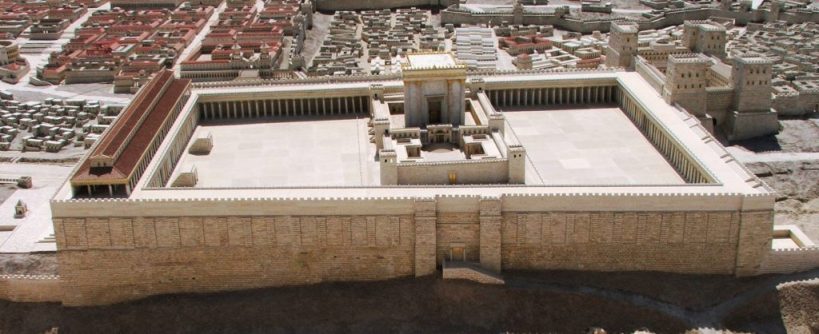 The Temple Mount
The Temple Mount
The first thing that would attract the eye of a visitor to the city was the great Temple Mount. Herod the Great had expanded the mountain on all sides, giving it the appearance of a great white gem that had fallen from heaven.
 View from the Southwest
View from the Southwest
The temple was destroyed in A.D. 70 by the Roman general Titus. The only portions remaining today are parts of the southern and western retaining wall below the foundations of the original temple.
 David's City
David's City
The oldest part of the city was David's City, located to the south of the Temple Mount. Straddling the narrow ridge between the Kidron and Tyropeon Valleys, this section of the city dated back to the Canaanite days.
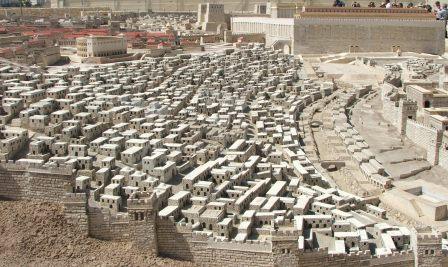 The Lower City
The Lower City
On the western side of the Tyropean Valley stood the lower city. This was the poorer section of town.
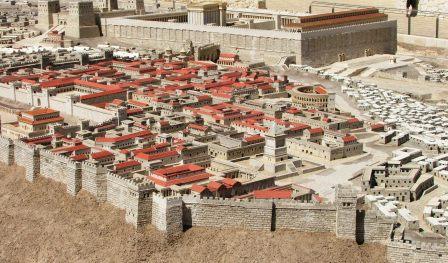 The Upper City
The Upper City
As one moved northwest from the Lower City, there came the Upper City. This section of the city was higher even than the Temple Mount. It is here that the residence of Caiaphas, the high priest, is thought to have been located. This was also the location of the Hasmonean Palace and was ringed on the northern section by three great towers.
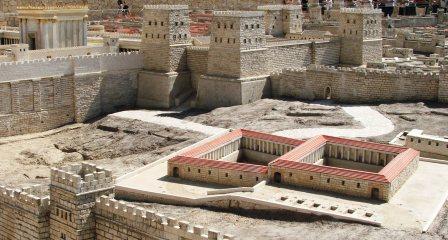 Fortress Antonia
Fortress Antonia
Herod the Great constructed a great fortress on the northwestern side of the temple mount and named it for his benefactor, Marcus Antonius (Marc Antony). Nearby was the Pool of Bethesda (in the foreground) where Jesus healed the lame man in John 5.
 The Southern Wall of the Temple Mount
The Southern Wall of the Temple Mount
The main entrance to the Temple Mount was from the south. These steps led to the Hulda Gates in the wall through which visitors to the Temple accessed more stairs, culminating finally in the Court of the Gentiles.
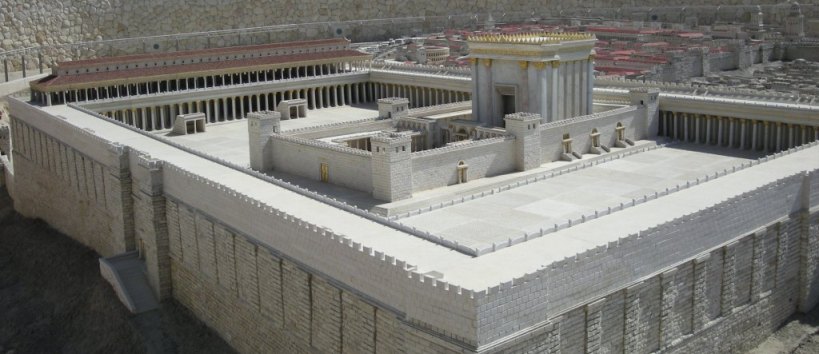 The Temple Mount
The Temple Mount
As one left the stairs of the Hulda Gates, it was to emerge in the Court of the Gentiles. This court was separated from the inner courts of the temple by a low wall at which were posted warnings for non-Jews to avoid upon pain of death.